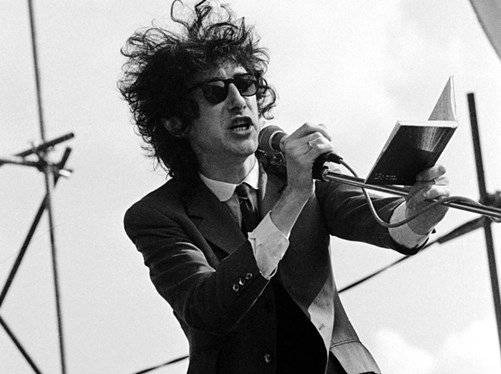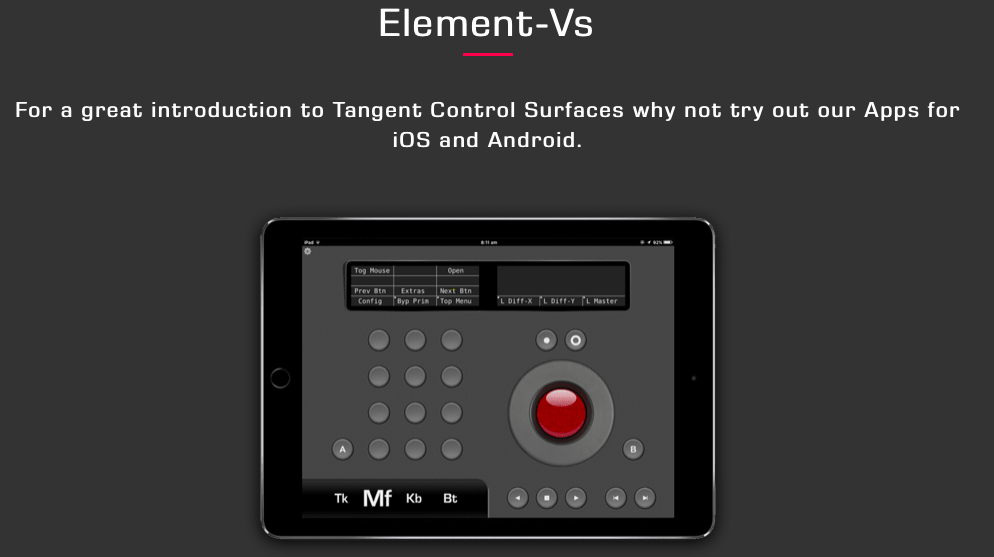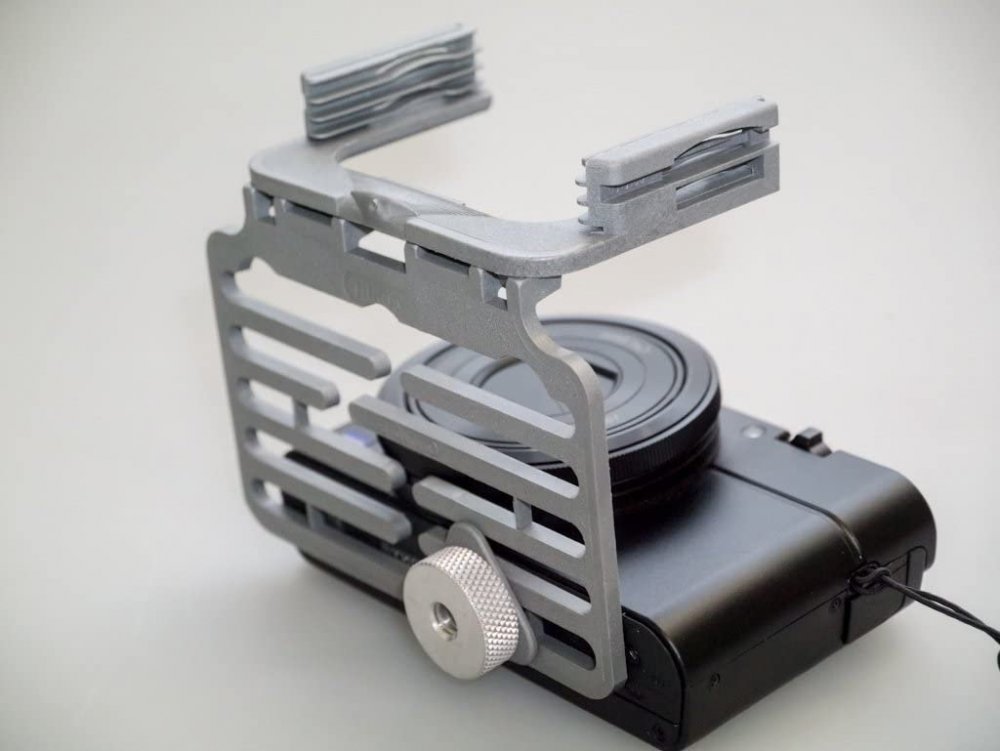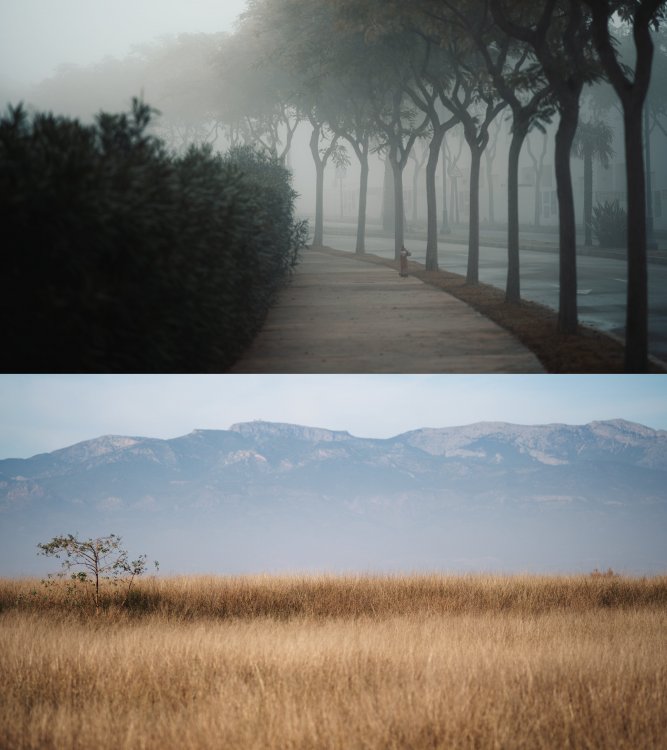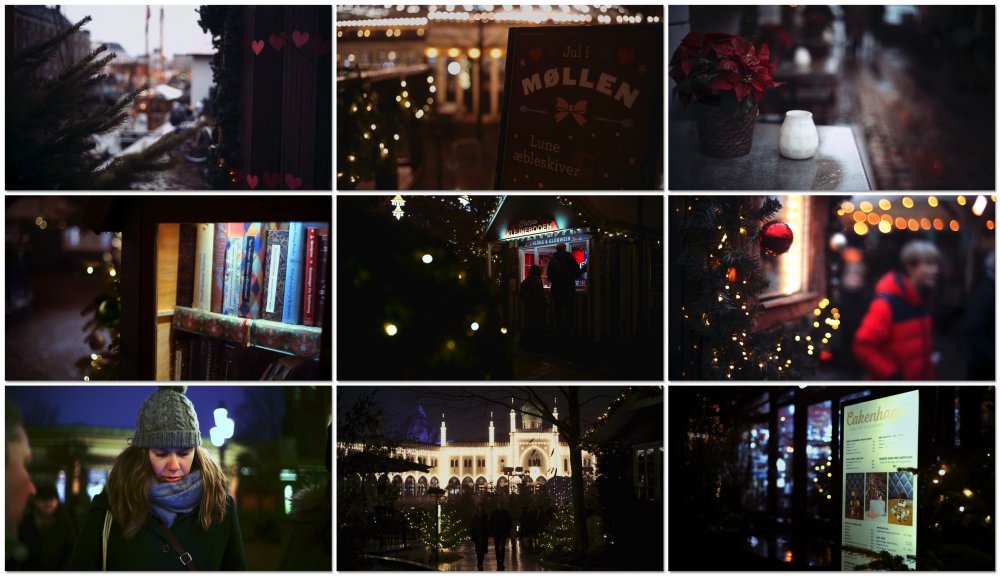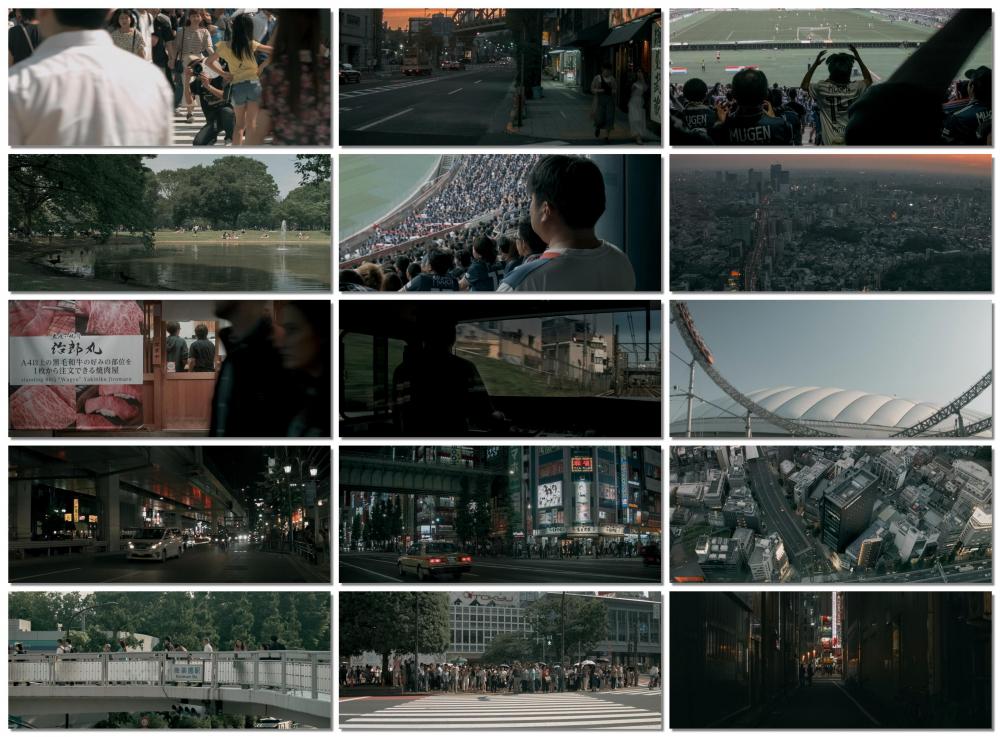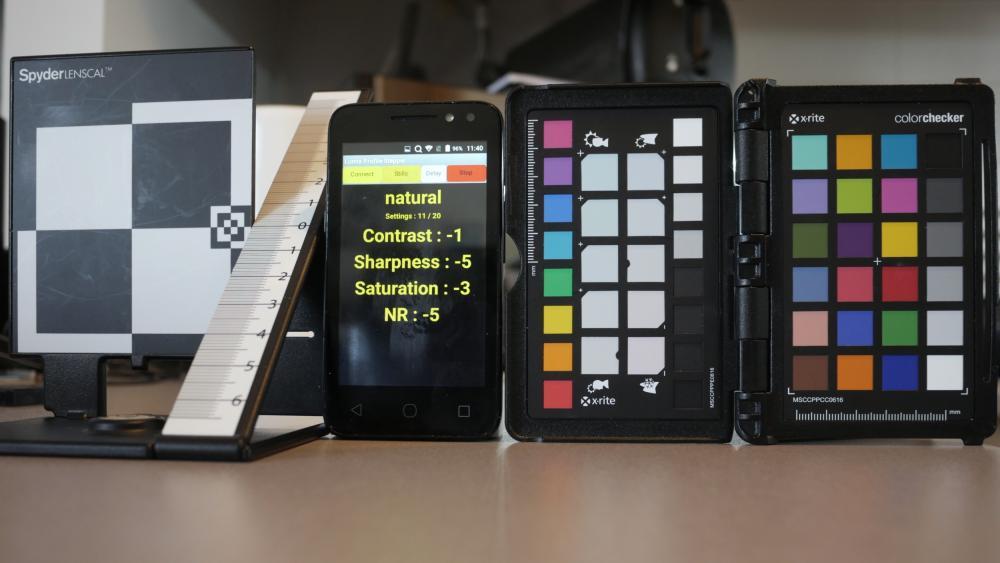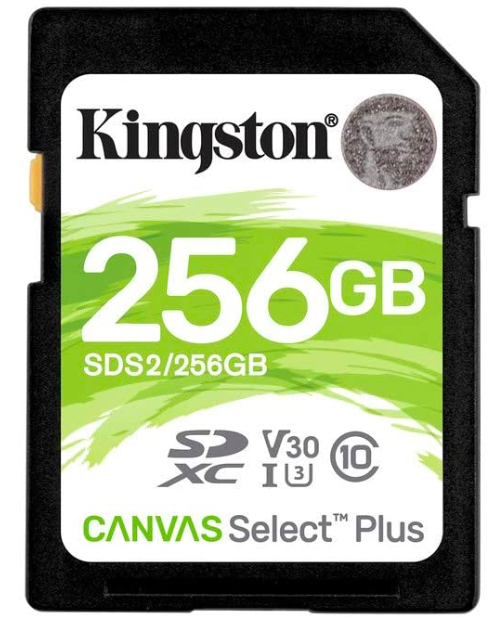-
Posts
6,076 -
Joined
-
Last visited
Content Type
Profiles
Forums
Articles
Everything posted by BTM_Pix
-
I think this is a neat idea. Anything that encourages more viewfinder gazing than navel gazing is a win for me at the moment. I'm in.
-
Kotaro became quite the celebrity after his sax playing exploits.
-
He was absolutely desperate to get a grip of that protein shake wasn't he ?
-
-
This is an interesting product that has dual slide outs for holding other equipment. Might be a bit heavy though but something that could be used as, erm, "inspiration" for something DIY. https://www.amazon.co.uk/AboveTEK-Portable-Retractable-Non-Slip-Notebook/dp/B074473Z6T Tangent, who make hardware control surfaces for Resolve, have something that might be worth looking at. Its a virtual control surface that runs on iPad or Android tablets so it would satisfy the criteria of it being compact as you can scale it by dint of what size of tablet that you run on it. You can even run it on different units at the same time so you could have one tablet running the screen with the control wheels on it and another the transport page etc. It doesn't have any mad requirements on the tablet side so it will run any cheapo 7" no brand model so a couple of those will still give you a sub €150 solution. There is a free version available to try out to see if it suits and the full version is €8.99 (you only need one copy for multiscreen operation). https://www.tangentwave.co.uk/products/ If you don't fancy the idea of virtual surfaces, Tangent's compact Ripple controller might be worth a look if you can find one.
-
Canon rep at the launch whilst simultaneously neglecting to mention the 8 second delay when switching modes between stills and cine whilst also taking some of the AF capability from you.
-
I used to have one of these adapters that Cokin made for their A series filters to enable you to use them with compact cameras that, obviously, don't have a filter thread. The smart thing about it as well is that the grid of openings allow you to account for different mounting positions and distances from the lens so you would be able to position it to be snug against the front of the WA adapter. It holds three filters so is quite flexible and is made of plastic so weighs barely anything and folds flat for transport. They are long since discontinued (and I'm fucked if I can remember where my one is now) but might be worth a scout on eBay if it suits your needs.
-
Contax-Zeiss Sonnar 135mm f2.8 on Sigma FP Shot about 25 mins apart on a very changeable weather wander!
-
In my experience, as the F to EF adapters are by necessity reasonably thin, then they are so tight that the challenge of getting them off again is far bigger than the challenge of keeping them on and secure !
-
Yeah, my Nikon mount speedbooster sits in a drawer and remains as unused as Boris Johnson's sincerity. Speaking of Pockets/Micros, an EF speedbooster used with a used Canon 10-18mm EF-S gives a really good alternative to the venerable Tokina 11-16mm for anyone looking for a wide option for those cameras. Its far cheaper, smaller and ilghter than the Tokina and has not only a bigger range but also has IS which is a big boon on those cameras. OK, its slower than the Tokina and doesn't have its constant aperture either but the speedbooster gets some speed back obviously. I might do some frames with it to post here if the plague actually calms the fuck down again in my area.
-
I've got no interest in the camera to be honest but I'd just like to say that its always good to see the democracy manifest fella making an appearance in any video.
-

Sigma fp and EVF-11 for other cameras... Could be possible
BTM_Pix replied to paulinventome's topic in Cameras
Based on NOT having access to the service manual for the FP or the EVF11....... The USB-C port is more than likely a simple pass through rather than being used for power/control of the EVF11. You can test this by putting a USB-C cable from the FP to the EVF11 and then another one from that into an external SSD. If the EVF11 doesn't power on and the camera can still see and use the SSD then that will confirm it. Based on it not being powered from the USB-C port then the presumption is it is being powered from the two pogo pins, with one of them being power and the other one obviously being ground. From tracing the connection from the pins of the HU11 flash interface to its hotshoe just now, the ground pin (unless there is some internal re-mapping) is the middle pin on the bottom row of the FP which would mean the one adjacent to it (as the pogo pins are horizontal on the EVF11) should be the power. However, I can't tell from the images of the EVF11 (as I don't have one unfortunately) whether this is on the one to the left or right but you should be able to determine that when you offer it up to the FP for connection. Once that is established, you should be able to measure the voltage coming from the FP to determine what external power you will need to provide. If there is no control information between the FP and the EVF11 through the USB port then it will be being provided through the HDMI port's data control channel. If I was going to look at hacking the EVF (heaven forbid, obviously) then I would start with extending out the connections from the FP to it in the same way as with the USB-C port before looking at the power as that offers the least chance of blowing up the FP and/or the EVF11. So, put some clips between the pogo pins of the FP and the EVF11 and an HDMI cable in between too. You can then remove the HDMI cable and see what happens both with it going to fresh air but then also what happens if you plug it into another HDMI device, what happens when you plug it back into the FP etc. This should tell you if there is any specific data communication over HDMI from the FP to the EVF11 that prevents it working with any source as if it does that then there isn't much point going on to the power aspect. If it does work with another HDMI source whilst being powered from the FP then you might still not be out of the woods as there could be an initial handshake that is happening prior to you changing source so the next test would be to power it on with the other source already connected and see if it still works. If it does then you are only looking at the power situation but obviously proceed absolutely at your own risk with that both from the initial measuring side on the FP to then building something custom based on that to power the EVF11. -
It might sound counter intuitive but, even though you've got F mount lenses, I'd look at getting the EF version instead and using an F to EF adapter on it. The reason being is that you get no electronic control of Nikon lenses with the Nikon version anyway so you aren't losing anything there but what you will gain is more flexibility by being able to put EF lenses on it as well, where you will get electronic control from the P4K. So, if you do get any EF or EF-S lenses, you will be able to use aperture control and one shot AF but also take advantage of the IS on the lens if it has it, which can be a boon with the P4K. With the EF mount being shallower than the F mount, there is no lens you can adapt to F that you can't also adapt to EF so you don't lose anything there either. On the contrary, you actually gain several mount options, including C/Y and M42, that can be adapted to EF with simple adapters whereas you would need adapters with optical elements to use them with Nikon F and maintain infinity focus.
-
Some Voigtlander 40mm f1.4 M mount stuff on the Sigma fp from a recent trip to the frozen-ish north to see the in laws. The vignette and slight softness when shooting wide open makes it quite suitable for festive stuff ! Didn't shoot RAW so these are grabs from 4K all-i mov files.
-
I'm not sure what the issue is here ? There are support materials covering all aspects of calibration and operation which have been updated over the past nine months. All of the following support materials have been publicly published on the project page. All AFX owners have the updates of these support materials emailed to them automatically at the address they used when they ordered the AFX. User Guide - The full User Guide for the AFX is available at www.cdatek.com Please note that the User Guide is subject to addition as new features are added so please check that you have the most current version. Focus Calibration Chart - The focus calibration chart is available for download at www.cdatek.com and should be printed out for use with calibrating your lenses. Firmware Upgrades - All firmware upgrades are available at www.cdatek.com/afx-upgrade . On this page you will also find the firmware installation guide. The availability of new firmware is announced through the Indiegogo Project Update section and you should receive automatic notifications as they become available. Video Walkthrough Of Calibration Procedure For Electronic Lenses - A live walkthrough of the calibration procedure for electronic lenses for Pocket4K/Pocket6K is available here Video Walkthrough Of Lens Profiling Step For Pocket 6K - The Pocket6K lenses require an additional profiling step prior to the main calibration process and this is covered in a live video walkthrough here Video Walkthrough Of Calibration Procedure For Manual Focus Lenses - A live walkthrough of the calibration procedure for motor controlled manual focus lenses is available here Video Walkthrough Of Motor Calibration Procedure For Non Hard Stop Lenses - A live walkthrough of the motor calibration procedure for manual focus lenses that do not have hard stops is available here Video Walkthrough Of Zoom Lens Operations - A live walkthrough of the calibration procedure for zoom lenses and their operational considerations is available here Video Walkthrough Of Quad Lock - A live walkthrough of the functionality and operation of the QuadLock system is available here Example Of Using Adapted EF Lens On Pocket4K - Example of AFX AF-C performance on the Pocket4K using a Metabones Speedbooster and Sigma 18-35mm EF lens is available here Comparison Of AF-X AF Performance With Pocket 6K Internal AF - A comparison of the performance of the AFX in AF-C mode on a Pocket 6K with a Sigma 18-35mm EF lens versus the camera's own internal AF system is available here Video walkthrough of new Focus Recorder function in AFX v1.7 is available here Video walkthrough of the Firmware Update Process is available here
-
@Sammysammy I have respnded to your PM . As an FYI mate, I prefer all tech support requests to be directed to cdatek.com directly to get a formal response rather than PM on here as its not the correct way for us to track it etc Thanks
-
I did a quick thing about it when I first picked one up. Nothing special in terms of testing, just putting it on top of the camera while recording some fixed position wallpaper stuff. The audio in the video in the thread is from its down mixed live binaural line output straight into the camera (it can produce this output simultaneously whilst its recording the individual tracks of each capsule to the recorder). The original files are downloadable so you can try it with their software to experiment with the re-positioning aspect. It is an interesting device to supplement other microphones rather than replace them but I'm hoping at some point that Zoom produce a higher end one with better capsules.
-
For a reactionary pessimist such as myself though, the other way of looking at that is as a 100% failure rate 🙂
-
By the way, I don't have any with it from the GX85 but I do have these from the OG Pocket. The extra reach and, particularly, the IS won't do you any harm with it on your BM cameras as a single lens solution for travelling. Although the extra crop of the BM cameras means that the wide end can make it a bit more challenging at times.
-
Confirming @bjohn experience with the Kingston Canvas Select SD card, further testing showed dropped frames at 60fps 3:1 RAW after a few minutes on the Micro. 50fps didn't suffer from the same problems though so if that is the limit of your requirements frame rate wise with the Micro (it is for me) or, obviously, if you only want to use it with the Pocket then it is still an option. Although, again deferring to @bjohn longer term experience regarding reliability, then its still cautionary. I've edited the original post accordingly.
-
If you want to drill down into the different permutations of the elements within the profiles then I'd humbly suggest that you have a look at my profile stepper application which will automate the process for you. Here are examples of it being used on an FZ2500 (but obviously works on the GX85 and all other Panasonic cameras) to run through the contrast and saturation permutations of the profiles. CINE LIKE D SCENERY VIVID You can choose as many or as few parameters to change as you wish and the range of them so in these examples I'm only looking at Contrast from -5 to +2 and Saturation from -5 to +3 but you can go the whole hog if you wish to and do +5/-5 on every parameter if you are looking for a total in-camera look for example. I'd be tempted to include the NR one as it will have an impact on colour. The interval for the parameter changes in those videos are set to 3 seconds but you can adjust it obviously in the app. Its easy to generate the subtitle file to embed into the video like I've done here if you wish but it has a display mode whilst running so you can just use the screen of the phone/tablet to show the changes like below. Unfortunately, the shadows and highlight controls are not accessible externally so can't be included in the automation so especially if you are looking for a total in-camera look (or just for completeness) then once you are in the ball park of the profile that you want then I would be inclined to re-run the stepper with smaller permutation changes of contrast and colour only with manually set shadows and highlights permutations.
-
In which case I would certainly defer to that longer term usage report and say buyer beware then.
-
For anyone buying a Pocket or Micro for the first time - as well as those who already own them - there has been a challenge for a while now around buying new memory cards that actually work with them. I've been using a specific Sony one that is reliable but very pricey and not always readily available but I had some Kingston ones recommended to me that apparently fit the bill so I ordered one to try it out. EDIT >> Happy to report that it worked in ProRes and RAW without any dropped frames on both cameras, including the 3:1 RAW at 60fps on the Micro. Happy to report that it worked in ProRes and RAW without any dropped frames on both cameras in standard frame rates, but begins dropping frames at the 3:1 RAW at 60fps on the Micro but is OK at 50fps. << EDIT They are reasonably priced (sub €40 for the 256GB) and readily available from Amazon in different sizes up to 512GB. https://www.amazon.es/Kingston-Canvas-Select-Plus-SD/dp/B07YGYCR3V IMPORTANT > Please see @bjohn post following this one regarding long term reliability.




